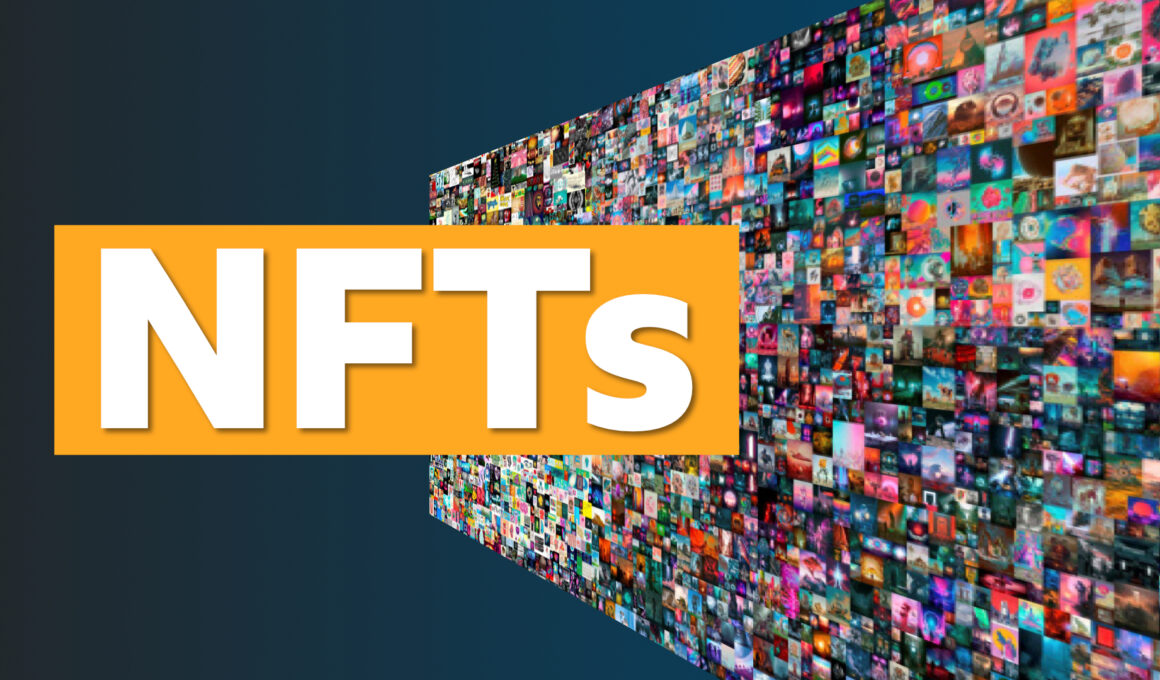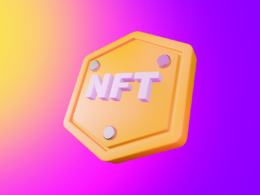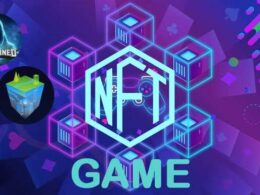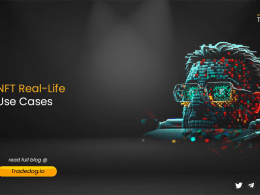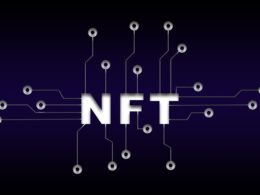Quick Links
A non-fungible token (NFT) is an unchangeable digital identity that is stored in a blockchain and used to verify ownership and authenticity. It cannot be duplicated, replaced, or divided.
The size and caliber of the artwork determine the amount it will cost to create an NFT. While some artists decide to utilize their own photos and designs, others decide to make a free NFT. Regardless of the size of the purchase, NFT creation is as inexpensive as $1. The hardest aspect is deciding on the royalties percentage. The stronger, the bigger the proportion.
How much it costs to make an NFT: Detailed analysis
An NFT can be produced for an average price of between $.01 and $150. But when it was busiest during January month of 2021, fees to produce a single NFT on the Ethereum blockchain exceeded $500.
The Ethereum blockchain is not your only choice if you want to develop NFTs. You can create your own NFT on a variety of blockchains, and they are frequently much less expensive than the Ethereum blockchain.
The table below will give a snapshot of the costs of NFTs on different blockchains
What are the costs involved in creating an NFT –
Creating the artwork
The cost of making the artwork itself is the first expense you’ll have while making an NFT.
You can commission an artist to make a piece, especially for you if you’re not an artist. Paying someone to prepare your designs and the design tools required to build the NFT layers you need would represent the majority of your expenses in this case.
You will have to spend the following money to create the artwork:
- Hiring independent NFT artists
- Software by Adobe Photoshop ($20.99/month)
- Software by Adobe Illustrator ($20.99/month)
- Software by Canva ($0-$164.99/year)
You should budget $20 to $100 on average to create all of your NFT artwork assets.
Generating the NFT collection
You must create the NFTs using either coding or no-code NFT generators once your artwork is prepared. The price to create an NFT collection is as follows:
- Utilizing a no-code NFT generator ($199 per collection)
- Contracting a smart contract developer to create NFT collections ($300 to $500 for each collection)
- You must mint your NFTs on a blockchain when your NFT collection has been formed with all the necessary combination types.
- Depending on the blockchain you’re using, the NFT minting price will change.
Listing your NFT collection on a marketplace
When your NFT is ready to be sold, you must list it on an NFT marketplace.
The listing fees for each NFT marketplace vary, so be careful to find out how much it will cost to list your NFT before you do! Several of the most well-known NFT marketplaces include
- OpenSea
- Rarible
- SuperRare
To summarize, here is a brief summary of the costs involved in producing an NFT in 2022:
| Segments | Costs involved |
| NFT art | $20- $100 |
| No code generation | $199/ collection |
| Minting fees | $0.03 – $100/ NFT |
| Listing fees | $0 – $100/ collection |
| Middlemen fee | $3 – $100 |
The blockchain you select will have a significant impact on the cost of creating NFTs. Choose the appropriate blockchain for your artwork, collectibles, or digital assets by understanding the many types. Ethereum is the most expensive blockchain, yet it is also the most favored and widely used blockchain. Other blockchains with low or no transaction and gas fees are also an option.
Conclusion
We must keep in mind that there is no set amount or calculation to use when responding to the question “how much does it cost to produce an NFT?” The choice of website and the gas cost will affect the minting fee. While some services allow you to place your NFT for free with specific restrictions, others can cost you up to $300 to do so. You might profit from your NFT activities if you consider the fees and assess the chances of making money from your NFTs.





